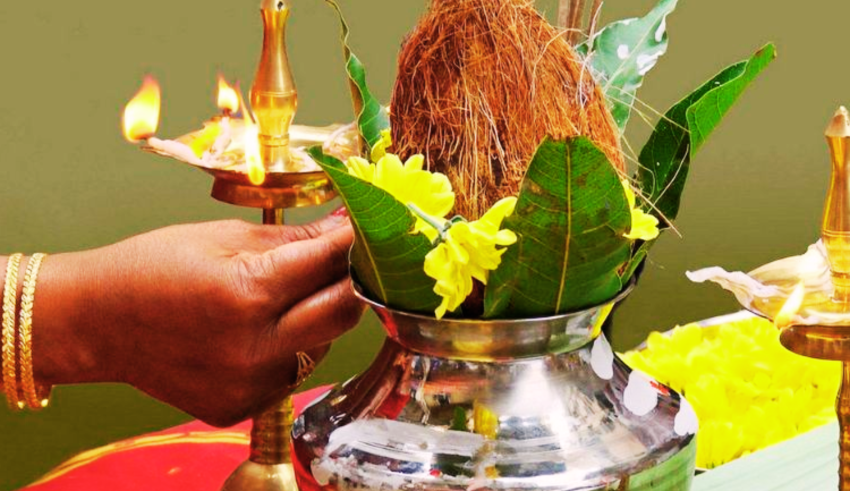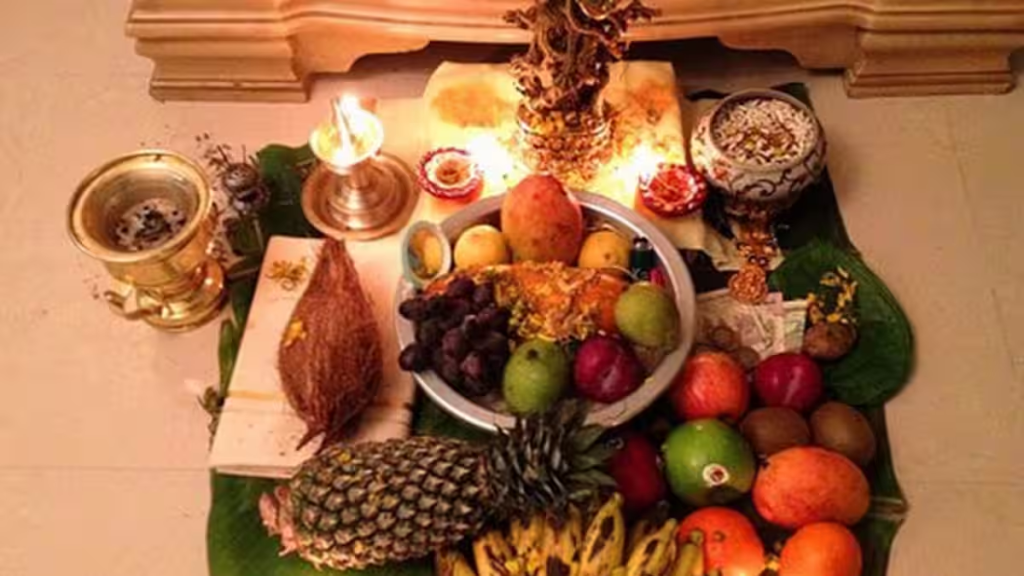
The gentle gust of wind carries the sweet aroma of the fresh mango leaves and the delicious scent of the sweets prepared at home. It heralds the dawn of Chittirai Puttandu Tamil New Year time to invigorate all the above hope tradition tastes and togetherness.
The celebration, also known as Varusha Pirappu, marks the beginning of the Tamil month Chithirai. It is not just a mere date in the calendar, but indeed a deeply engrained cultural moment where renewal and hope begin.

A Day of Auspicious Beginnings
Preparation was made early. Mango leaves are hung at the doorsteps and homes, and they are considered will bring good fortune to all. Beautiful kolams are drawn at the doorsteps, rich in meaning, as one catches the idea of prosperity and beauty.
At the family altar, where hangs a special tray filled with fresh fruits and vibrant flowers, traditional sweets, and lit lamps, a special tray is set, symbolizing homage and prayer to the deities for peace, health, and prosperity all through the year.

Tradition on a Banana Leaf
For visiting the temples and being blessed at the temples, the families get together for their eagerly anticipated New Year’s vegetarian meal, which is, as much symbolic as delicious. Served on banana leaves, each dish represents one of the six tastes of life-sweet, sour, salty, bitter, spicy, and astringent.
That from the tangy mango pachadi to simple sambar, from fried vadai to sweet payasam, fragrant pongal and sumptuous golden kesari, each bite speaks of a philosophy: that life favors mixtures of emotion and experience, and that every taste has meaning.
Culture and Community Celebration
In Malaysia, where Tamil culture thrives, Chittirai Puttandu has more meaning than just being a festival. It becomes a day to connect with heritage, pass on rituals for the future generation, and celebrate the perseverance and rich history of Tamil identity through food, faith, and family.























